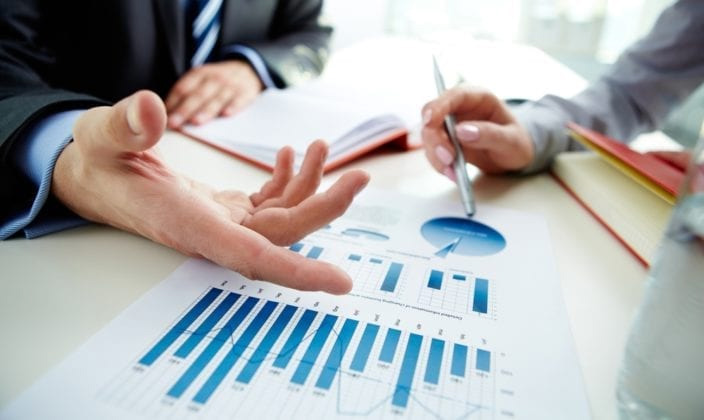Russia’s invasion of Ukraine has further darkened the global growth outlook, with the European economy facing a serious setback given the trade, investment, and financial links with the warring countries.
Now, Europe is enduring a partial cut-off of natural gas exports from Russia, its largest energy supplier. The prospect of an unprecedented total shutoff is fuelling concern about gas shortages, still higher prices, and economic impacts. While policymakers are moving swiftly, they lack a blueprint to manage and minimize impact.
Gazprom’s announcement that it was cutting gas flows in the Nord Stream 1 pipeline to 20% of capacity on July 25 means that the EU will miss its deadline to fill storage tanks to 80% full by October 1. German Vice-Chancellor Robert Habeck said the same day that rationing of energy during the winter has become more likely and that Germany needs to reduce its consumption of gas by 15%-20% to be sure of getting through the winter.
A 15% reduction is equivalent to about 45bn cubic meters during the heating season and 60bn cubic meters for the whole year, or about a third of all the gas Russia usually sends to the EU.
Brussels proposed that EU members unilaterally cut gas consumption by 15% to conserve gas for the winter on July 21, in what proved to be an unpopular move. The southern European countries of Greece, Spain, and Portugal rebelled and have refused to make the cuts, saying they are not to blame for Germany’s mistake in becoming so dependent on Russian gas and don’t see why they should suffer to bail Germany out.
Gas storage tanks in Europe were 66.7% full as of July 25 and Germany’s tanks were 66.4%. A few countries are already close to the 80% goal or have already reached it, including Portugal (100%), Poland (98.5%), Sweden (90.8%), Denmark (85.6%), and France (75.5%). However, the key markets of Czechia (77.7%), Slovakia (68.3%), Italy (70.5%), and Hungary (49.2%) that are most exposed to Russian gas supplies still have some way to go.
European infrastructure and global supply have coped, so far, with a 60 percent drop in Russian gas deliveries since June 2021. Total gas consumption in the first quarter was down 9 percent from a year earlier, and alternative supplies are being tapped, especially LNG from global markets.
However, diversification would be much harder in a total shutoff. Bottlenecks could reduce the ability to re-route gas within Europe because of insufficient import capacity or transmission constraints.

These factors could lead to shortages of 15 percent to 40 percent of annual consumption in some countries in Central and Eastern Europe. Governments must boost efforts to secure supplies from global LNG markets and alternative sources, continue to alleviate infrastructure bottlenecks to import and distribute gas, plan to share supplies in an emergency across the EU, act decisively to encourage energy savings while protecting vulnerable households, and prepare smart gas rationing programs.
This is a moment for Europe to build upon the decisive action and solidarity displayed during the pandemic to address the challenging moment it faces today.
